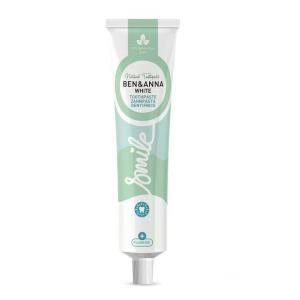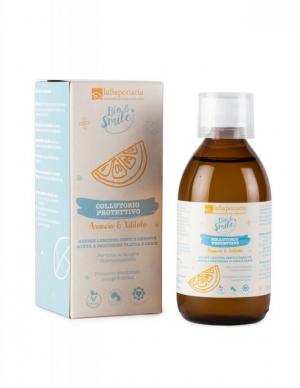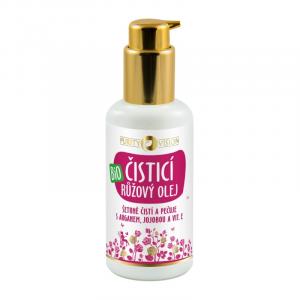Scrub moss (Dasiphora fruticosa)
Other names: Comocarpa fruticosa, Fragaria fruticosa, Pentaphylloides fruticosa, Potentilla fruticosa, Tormentilla fruticosa
Harm score: 1 (Natural substances)
The bush honeysuckle, Dasiphora fruticosa in Latin, is a species of plant belonging to the rose family. This shrub is native to Europe, Asia and North America and its favourite habitats are rocky slopes, pastures or forest edges. In the wild, it grows from 30 cm to 1.2 m tall, growing most vigorously in spring and summer. Its flowers are five-petalled, golden yellow in colour and have a very pleasant scent. It flowers from late spring to autumn, the flowers form flat inflorescences and the fruit are achenes. It is a very hardy and undemanding plant that is suitable for growing in our conditions.
In traditional medicine, bush moss is used for its antiseptic, anti-inflammatory and healing properties. Its use is quite wide, it finds application in both cosmetics and pharmaceutical industry. It has been a component of some creams and ointments since ancient times, when it was used to treat various skin problems such as rashes, eczema and wound healing. Extracts from the mochnife are included in many body creams, face masks, shampoos and shaving foams. In the pharmaceutical industry, milk thistle is used to produce medicines with antiseptic, anti-inflammatory and astringent properties. Its healing properties help in the treatment of gingivitis, tonsillitis or inflammation of the oral cavity. It is also a component of syrups that help manage cold and flu symptoms. For all of these properties, the bush honeysuckle deserves more than a passing mention in the wide range of natural medicine and body care options.
You won't find this substance in our products. Try the natural, chemical-free products in our range.

Fluoride toothpaste (75 ml) - White - with mint and sage
Product detail
Protective mouthwash with orange and xylitol BIO (250 ml)
Product detail